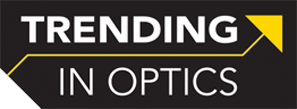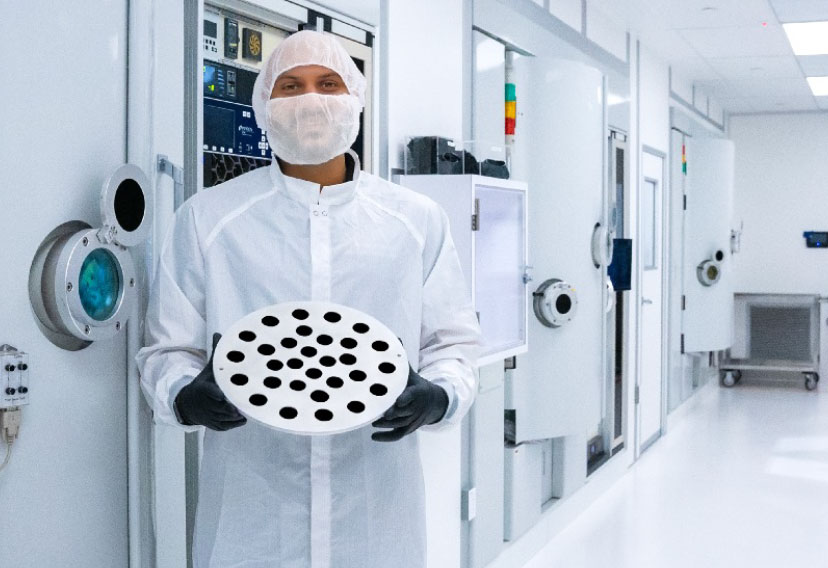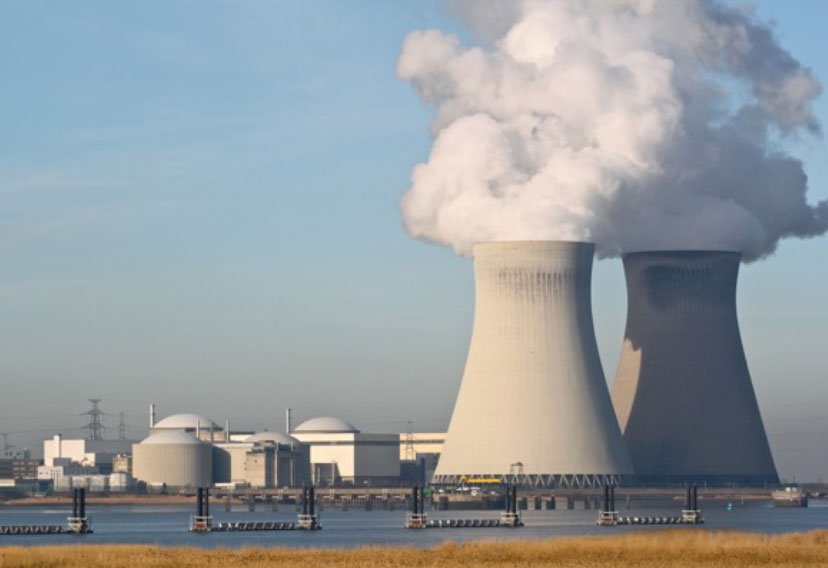


|
|
Impacts from geopolitical concerns and export controls |
|
|
Increasing prices and lead times |
|
|
Affects a wide range of laser optics coating materials |
|
|
Strategic sourcing can mitigate these effects and reduce risks |
Material availability has always been critical for the development of optical technology, but the growth of high-power laser applications have increased the importance of materials beyond conventional optical glass. Recent developments in geopolitics and export controls have significantly impacted the accessibility of many of these materials for laser optics, driving up prices and lead times while sometimes preventing access to materials entirely. However, steps can be taken to reduce the adverse effects of these global trends. Edmund Optics® global diversified supply chain alleviates the impact of these challenges and results in higher reliability than smaller, regional optical suppliers.

Trade sanctions and other geopolitical concerns between countries are limiting the supply of many optical materials. Thin film optical coating materials used for high-end filters and laser optics like hafnium(IV) oxide (HFO2) and tantalum oxide (Ta2O5) have had prices skyrocket in early 2024. Prices of hafnium have increased by more than 150% compared to mid-2022 (Figure 2).1 HFO2 is a material with a high refractive index, excellent thermal stability, and low absorption that makes it ideal for use in optical coatings.

Hafnium is a byproduct of zirconium mining, and the limited regions with active zirconium mines limits the number of supply sources for hafnium. Many companies are “re-shoring” their optics production where they can to mitigate materials availability and geopolitical risks, even if this is more expensive than outsourcing to lower-cost countries.
Increasing ecological concerns and regulations are also driving a push to develop optical coatings using materials with less environmental impact. For example, the mining of tantalum can lead to deforestation, erosion, and the disruption of local ecosystems. Researchers are investigating more environmentally-friendly materials and processes to reduce waste and negative environmental impacts.
Ripple effects from different environmental and energy-related regulations can impact the optical materials supply chain. For example, hafnium turnings that are byproducts of making larger parts for nuclear reactors are a supply source of hafnium for optical coatings. Reductions in making those nuclear reactor components have diminished this supply source (Figure 3). Meanwhile, demand has not decreased, causing prices to skyrocket.

The need for sustainable optical coating materials is expected to increase, particularly in industries with stringent environmental regulations like renewable energy, automotive manufacturing, and aerospace.
More material shortages and price increases are impacting the optics industry outside of the effects of geopolitics as well. Disruptions from the COVID-19 pandemic are still impacting the market in 2024, as the sharp swings in demand caused by the pandemic led to increasing volatility in material availability and cost that persists years later.2
Some materials with potential defense applications may also be export controlled, which is an issue for global manufacturing. These raw material price and lead time increases are often unfortunately passed on to optical original equipment manufacturers (OEMs) and end users of optics-enabled technology.
Edmund Optics’ strong, diversified global supply chain, eight global manufacturing facilities, and many other locations position us much better to navigate these challenges than many smaller companies.
We decrease risk and lower both cost and lead times through our expertise in both optical manufacturing and sourcing materials from decades as an optical manufacturer, close partnerships with raw material providers, and securing multiple global sources for raw materials. Our research and development (R&D) and manufacturing teams are also identifying alternate material options to further decrease our dependence on critical materials with volatile supply.
While some impact from geopolitics and other causes of material shortages is unavoidable and some prices must therefore increase, our robust supply chain and R&D efforts mitigate impacts to our customers as much as possible.
Going to a small, regional optical manufacturer may involve more risk than you realize because of their lack of access to robust, global supply chains. Contact us today to discuss any material availability concerns or your application.


1. Strategic Metals Invest. (2024, April). Hafnium Prices. Strategic Metals Invest.
https://strategicmetalsinvest.com/hafnium-prices/
2. Spherical Insights. (2023, July). Global Optical Coatings Market Size, Share, and COVID-19 Impact, By Product (Anti-reflective Coating, Reflective Coatings, Filter Coatings, Conductive Coatings, Electrochromic Coatings), By Application (Consumer Electronics, Solar, Medical, Architecture, Aerospace and Defence, Automotive, Telecommunication, Others), by Region (North America, Europe, Asia-Pacific, Latin America, Middle East, and Africa), Analysis and Forecast 2022 – 2032. Spherical Insights.
https://www.sphericalinsights.com/reports/optical-coatings-market
or view regional numbers
QUOTE TOOL
enter stock numbers to begin
Copyright 2023 | Edmund Optics, Ltd Unit 1, Opus Avenue, Nether Poppleton, York, YO26 6BL, UK
California Consumer Privacy Act (CCPA): Do Not Sell or Share My Personal Information
California Transparency in Supply Chains Act